
Online marketing is doing wonders for hundreds of businesses worldwide, and the travel industry is no exception.
An effective online travel marketing strategy helps travel companies position themselves out there, gain a good following, get more customers, and thereby, increase their revenue.
If you are in the tourism business, online travel marketing can do a lot for you with a little investment of time and effort.
In this article, we outline the different steps that need to be followed to craft a successful online marketing strategy.
Before beginning any kind of marketing for your travel business, it’s essential to identify what your objectives are. What do you hope to achieve through online travel marketing?
Your answers might look similar to the following:
No matter what your objectives are, it’s essential to make them as specific as possible. Have a clear picture of the outcome you envision.
For example:
Being specific of what you want to achieve through online travel marketing will help you craft a better and more effective strategy.
Once you’ve outlined your marketing objectives, the next step is to identify the type of people you are trying to reach through your business.
The audience for your travel business is obviously people who want to travel, but there are so many sub sections based on their budget, who they are traveling with, and their interests.
Create an ideal traveler persona based on several parameters such as:
Identifying specific characteristics of your ideal traveler will help you customize your marketing strategy to suit them.

The next step is to find out what it is that particular traveler may be looking for. What are their needs? What aspects of traveling do they need help with?
For example:
This will help you gain a unique perspective of what your customer wants, and gives you insight on what kind of information you need to be providing when you are marketing to them.
Marketing is most effective when you market to an individual rather than a mass of people. So, take time to find out who that ideal traveler is for your business, and what kind of information they may be looking for.
Once you know who your ideal customer is, the next step is to find out the possible places they may be looking for a travel business like yours.
For the travel industry, people typically look for information through three different mediums.
Let’s take a look at each of these three channels individually.
Search Engines
Imagine a typical person who is planning a vacation. There is a very good possibility that the first place they look online is a search engine.
They type in a search query with the place they are interested in visiting, and voila… They are presented with numerous search results, each leading to different options they can choose from.
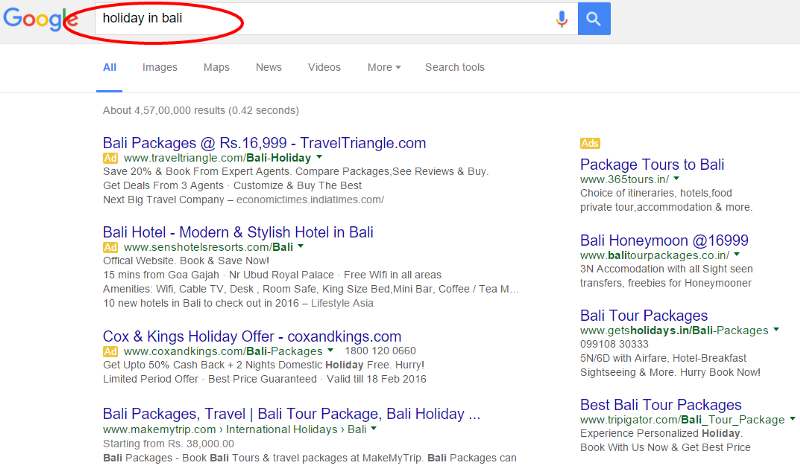
If the search volume for keywords related to your business is high, there’s no doubt that a search engine is the most preferred way to market your travel company.
Social Media

Just recently, we wanted to go away for the weekend as a family. Sometime back, my husband’s friend had mentioned a holiday destination on his Facebook profile that seemed interesting.
The thought of going to the same place lingered in our minds and we eventually made it happen. That’s the power of social media!
When people who have used your travel services mention your business in their social media profiles, people in their circle of influence get to know about you.
Social media can be quite persuasive, especially when someone we trust posts something. It could be:
If your travel business has an active presence on social media, people start associated your brand with the fun their friends/family had. It stays at the back of their minds until they plan to visit the same place too.
There’s no doubt they’ll trust their friends’ recommendations and seek out your travel company for their next trip.
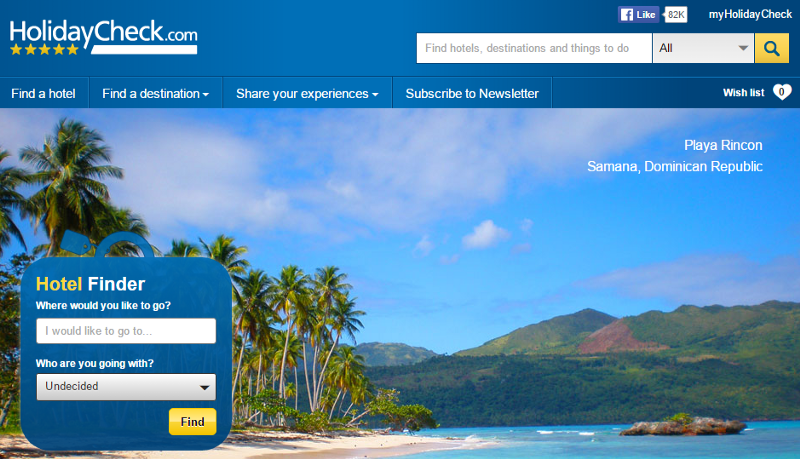
Travel review websites are also among the top places people stop by online when they’re planning to travel. These websites give them detailed information on specific hotels they can stay in at their holiday destination, along with the price involved and user reviews.
Most review websites also allow travelers to upload their own location photos which give a real feel of what the place looks like, apart from the staged photos of the business itself.
Having your travel company listed on review websites is a great way to get additional exposure, and gain new customers.
The task at hand is to finalize which avenues you will be focusing on for your online travel marketing efforts. Search engines, social media and travel review websites are all great options. You can choose any one, or all three based on the resources you have in hand.
Once you’ve finalized the marketing channels you’ll be focusing on, it’s time to create a strategy and action plan for each of them.
Here’s an outline of what that will look like, with respect to Search Engine Optimization, social media and review websites.
Search Engine Optimization is a huge topic by itself. But there are a few basic things you can do, to ensure that your travel website is optimized for search engines.
The preliminary step in SEO is to find out the keywords relevant to your travel business. You will basically be identifying terms that people are searching for online, that could lead to your business. We have an entire article related to keyword research that outlines the process in detail.
Once you’ve got a list of search terms, it’s time to optimize the website for those keywords. This can be done through the following steps.
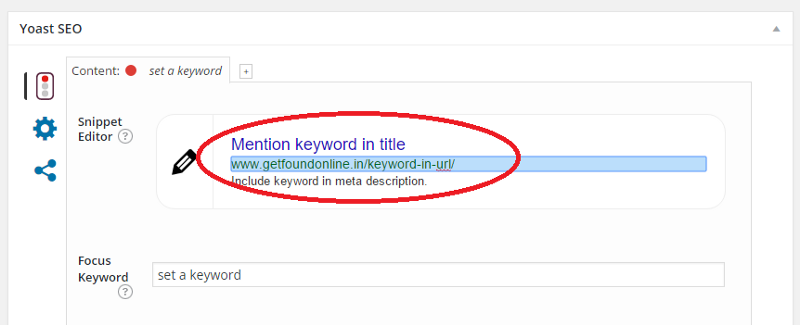
I have a detailed post on How to Write an SEO Friendly Article in 6 Simple Steps. It has a step by step play on how I optimized a travel website. You should check it out!
Social media is ginormous and it’s easy to get lost in it without a plan. So, before you even set out to map a social media strategy for your travel business, it’s essential to identify which platforms you want to be active on.
It’s not enough to just create profiles on every social media channel out there. For social media marketing to be effective, you need to build engagement across the networks by being active on them.
The best way to find which social media networks you want to be active on, is to identify where your audience will be hanging out. So, when you build your presence in that place, people are more likely to find you online and seek out your business.

Each platform has its own pros and cons, and the purpose of each may be different.
Based on what your objectives are, and based on how much resources you have, you can choose two or three social media channels to be active on.
Then you can start planning what kind of content you’ll share there, and how you will build interaction with followers.
The strategy to get listed on travel websites would vary based on the type of business you run. But they usually include the following steps.
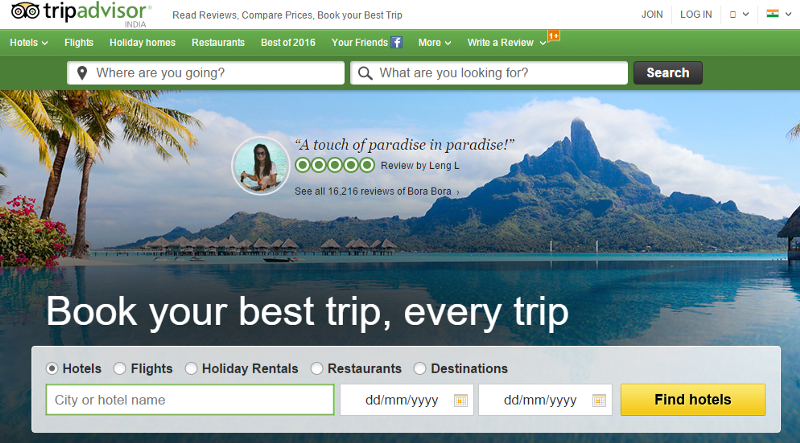
The key to getting good reviews on travel websites is to obviously keep customers happy. With just a little prompting, or a kindly worded follow up mail, guests are usually more than happy to leave a good review. This in turn boosts up your ranking on the travel website, and more people are likely to engage with your business.
Building trust with existing and potential clients is absolutely crucial for the growth of any business. With respect to the travel industry, there are three particular ways to build trust with your audience.
When your provide well-crafted, quality content related to the travel industry through the website, blog, and social media, it makes you an authority in the eyes of the people who read it.

Relevant, helpful content speaks to the audience. It inspires them, solves their queries and gets them interested in what you have to offer.
Here are some examples of content you can share with your audience.
Videos:

Articles:
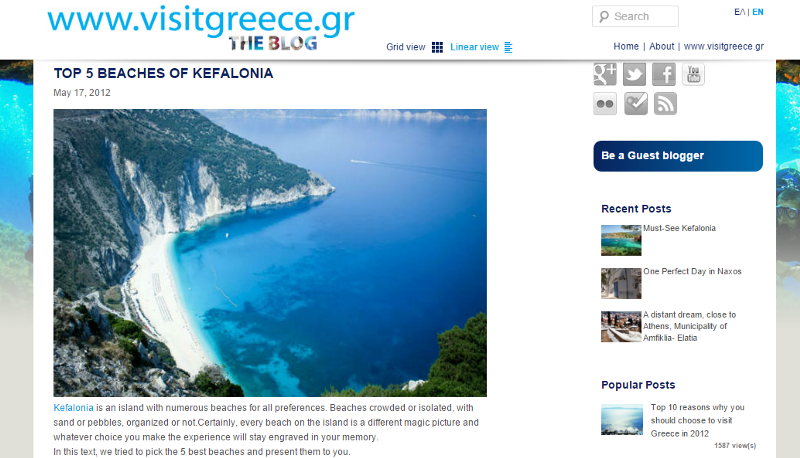
Infographics:
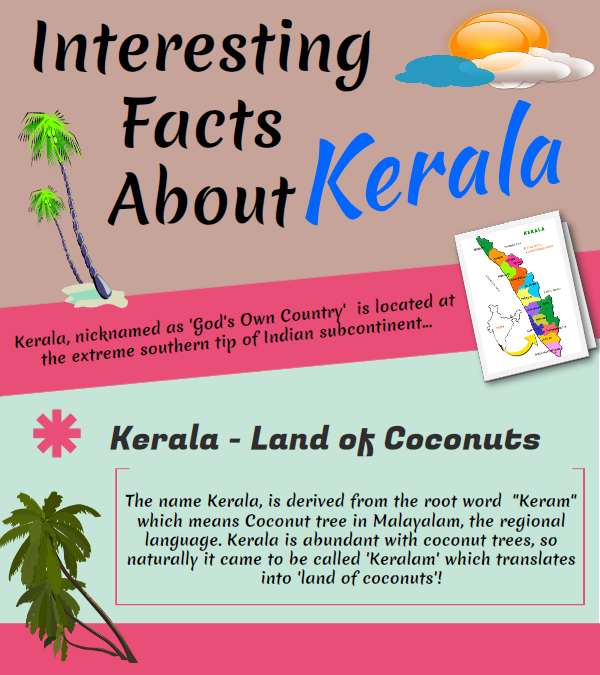
Curated Images:
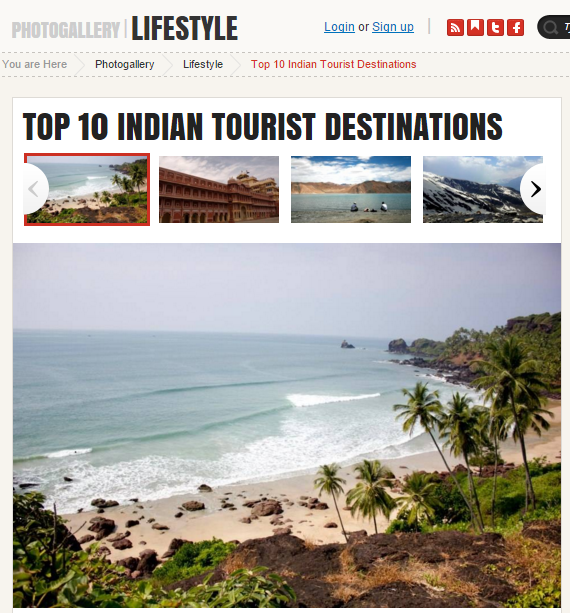
When good content is presented to the traveler, they are more likely to trust your intuitions and follow your recommendations.
People are more skeptical of trusting a company they have not heard much of. For this reason, it’s essential to have proof of your authority displayed for all to see.
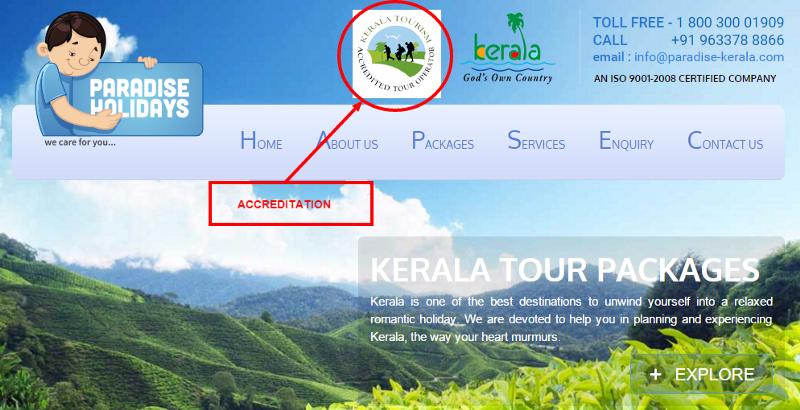
This can be done on your website or travel sites in the following ways:
Having this visible proof, either in text format or as images, will encourage more people to trust your travel company and do business with you.

Branding is absolutely essential to position your travel business and make it stand out from the myriad other similar companies out there. Branding can be established in the following ways:
When trust is built through any of the above means, it’s easy for your online marketing efforts to reap a greater conversion rate.
Analytics is the science of analyzing how your online marketing efforts are panning out. It’s essential to periodically take stock of how things are going, and identify what’s working and what’s not.
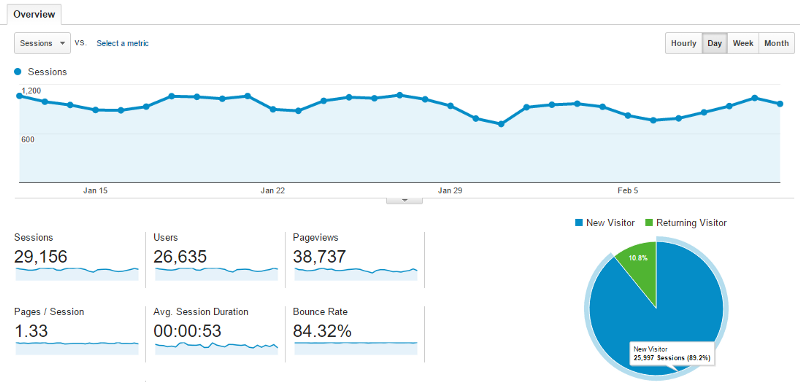
Some ways you can analyze your online marketing are:
By analyzing the analytics, you get a clearer picture of areas that you might have to refine. This is an ongoing process, so continually keep reworking on your online marketing strategy to make it work better, bring in more customers, and build a better profit margin.
We hope this article has given you a clear outline on all the steps involved in crafting a successful online travel marketing strategy.
If you need help with online marketing for your travel company, don’t hesitate to contact us. We’d be happy to assist you in any way we can!
Get ready to take your business to the next level. Lots of free resources, worksheets and eBooks to help you get started.